Discussion orArgument?
In every game with multiple heroes, each one brings some unique strengths to the table. Some lay down death and destruction. Some are protectors, others affect the game in more subtle ways. This often leads to the rather contentious discussion on which heroes are better than others. In order to establish common ground for this topic in Overwatch, I’m going to cover some fundamentals on how different categories of characters play. Today,I’ll only discuss support and tanks. As for offense and defense heroes, I have too much to say, and as such each category will receive their own article in order to properly cover the topic.
Together you areStronger
If you were to ask a group of100 Overwatch players which heroes are the most useful to their teammates, 10 would incorrectly say Genji. The same 90 of us would respond with mixed responses of tanks and supports. While those responding with tanks are close, supports are a bit more useful to their teammates as we’ll cover now. If you ask 100 Overwatch players what makes supports useful, the majority would respond with healing. That answer is true; supports are incredibly useful due to their healing. Supports allow the other members of their team to reach out and trade damage with enemies with significantly reduced risk. As long as the player isn’t killed while they harass their foes, any damage they take will be erased. This is important because it allows both the DPS and support heroes to build ultimate charge to prepare for major teamfights. But another large benefit is denying map positioning. Players and teams are less willing to contest areas of the map they know are being watched because they run the risk of dying and losing game momentum. Healing allows for players to take risks, but true supports have ultimates that allow theirteammates be outright suicidal. Zenyatta and Lucio grant huge effective health pools, Symmetra teleports you back to the frontlines and Mercy practices necromancy upon her allies. All of these ultimates grant wiggle room for a team to make slight misplays or to extend the fight beyond the normal reach of their abilities. A key note here is that Ana is not included in this list, who of course does not have an ultimate ability capable of affecting multiple allies.Ana’s ultimate is powerful in its own right and sets up a single player to be an absolute juggernaut. However every other support in the game can use their ultimate to put every ally in a position of power. This is the primary reason we don’t see Ana in professional play. The rest of her kit by all means is strong. And if you look at her ultimate in a vacuum,it seems Genji and Reinhardt should be monsters, ripping teams apart with high damage blows. But once you compare her ability to enable her team, you realise how far behind she is. Supports are enablers. They enable their team to take risks and play past the limits of a hero.With these things in mind, we need to judge the merit of supportheroes. Lucio provides an insane amount of utility making his team faster, tankier and keeps their health topped off. He earned his place in the meta long ago and isn’t leaving any time soon. Zenyatta is a newcomer. He provides many very similar things to Lucio. Healing, some projectile damage and an ultimate that allows his team to play like politics. But, Zenyatta enables his team in a way that no other hero truly does. Mercy can damage boost a single ally, whereasZenyatta can increase his entire team’s damage. Instead of targeting an ally to boost, Zen selects an enemy to weaken. This weakened foe gains a large purple mark (Orb of Discord) for all to see, which paints a large target on them. Zenyatta potentially boosts his entire team,while Mercy only aids one ally. As such, Zen has found his place in the meta and won’t leave given the prevalence of Winston’s driving the backline.
Fly You Fools
When a casual player is asked what the point of tank heroes are, the common answers include blocking damage, engaging fights and protecting allies. These are all correct answers, but they fall under a much larger umbrella.The purpose of a tank hero is to create space and time for their teammates to do their job whether it be shooting, healing or simply running away. The most common way for tankplayers to create space is simply to play Reinhardt and act as a shield wall, creating faux invulnerability. It gives time for the hitscan heroes to try and find a kill without being exposed to the repercussions of enemy fire. It also allows for allies to reposition themselves from cover to cover without coming under threat and simply provides more options. Zarya would also fit into this category, but in a more mobile package. Granting invulnerability to enemy damage allows for a teammate to freely battle with their foes. Especially when thrown onto short range heroes such asWinston, Reaper, or an ulting Genji it grants them more time and opportunity to tear apart the enemy backline. The second way a tank can give his allies space is by literally increasing space between his allies and the enemy team. Reinhardt charge and Roadhog ultimate are the two most effective ways for tanks to do so. All these abilities can take an enemy threat and move it farther away from any vulnerable teammates. Especially for heroes like McCree andWidowmaker who thrive at longer ranges this is a valuable tool and gives them extra time to find a key headshot. Another obvious way for a tank to create time for their damage dealing allies is with crowd control. Simply preventing action from the enemy for a period of time provides a very literal time advantage. Whether spent shooting, healing or repositioning, it is extra time you provide your allies with. Reinhardt’s ultimate is an obvious example here and so is Zarya’s ultimate. An underrated way, and my favorite way, a tank can create space is with threat. The simplest example of this is Roadhog. If you have ever played League ofLegends against a Blitzcrank, you know it is a very similar situation. Whenever Roadhog shows himself and hasn’t thrown the hook, you always have to be afraid. A player has to dedicate some of their mental RAM to tracking Roadhog in order to avoid being pulled into their doom. In its own right, the threat of being hooked provides an unseen pressure that has to be respected. And as such,missing that hook creates a window when Roadhog is no longer threatening as a tank champion, and instead becomes simply an overweight subpar dps hero. The interesting hero I want to bring up here is Mei. She actually fills all these roles of a tank surprisingly well with her wall being the skill that fills most of the roles. The wall can provide cover for allies, provide physical distance, as well as provide threat. The enemy team has to be constantly aware that their backline can be cut off, leaving just a few players isolated. Her gun provides both long range harass as well as crowd control and her ultimate is one of the best zone control skills in the game. When held up to the lens I use to examine tank play, Mei actually excels in most situations. More specifically when defending points with narrow choke points such asNumbani point A or Temple of Anubis point B. Personally, I’d love to see teams playing Mei more often as I think she can bring a lot to a defense.
So What?
Understanding what each hero brings is important knowledge in determining how to properly play them. Just because Widowmaker has a fully automatic mode on her rifle doesn’t mean she is useful at close ranges. It’s also important to understand what a hero brings to the unit in order to build better compositions. Currently, this is a skill that can be ignored to an extent because of how few hero options are available, but as more are added to the game, this skill will only become more valuable. The game’s circumstances should dictate a team’s hero selection, and inflexibility is punished in Overwatch.
GGs, Elbion


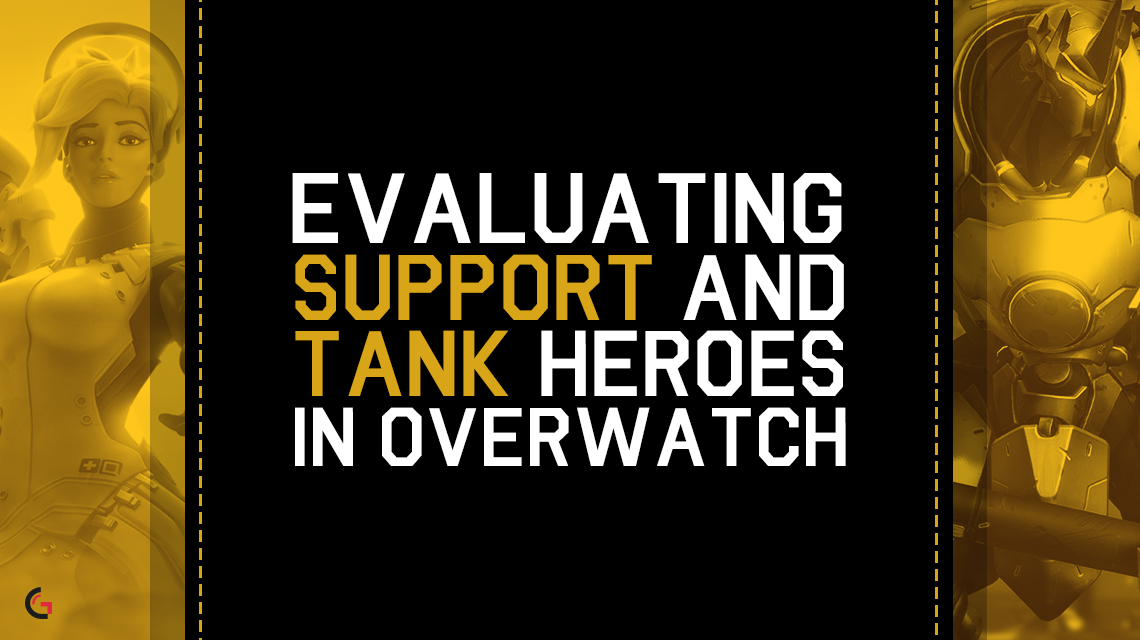
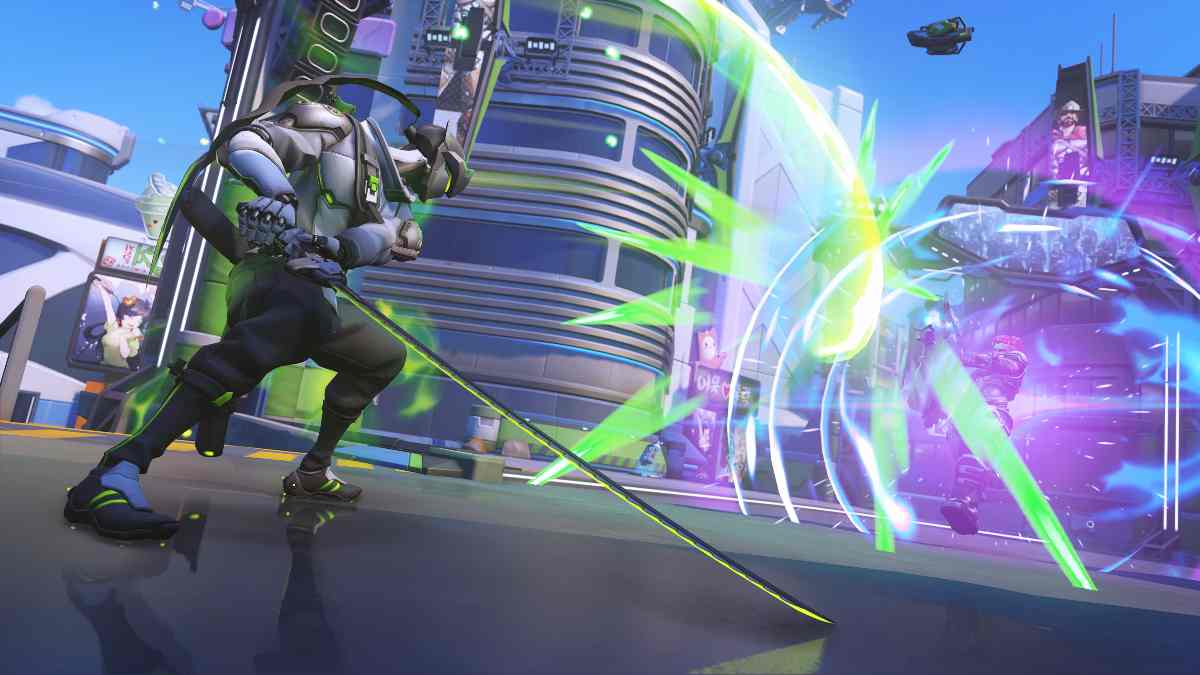
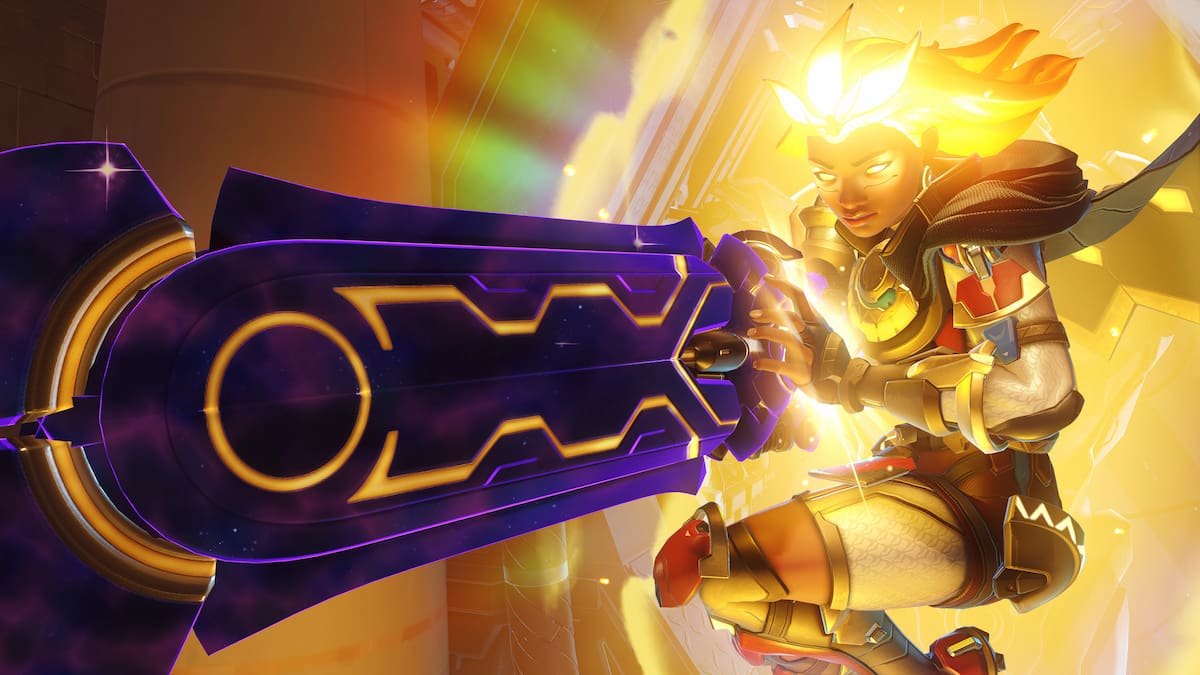
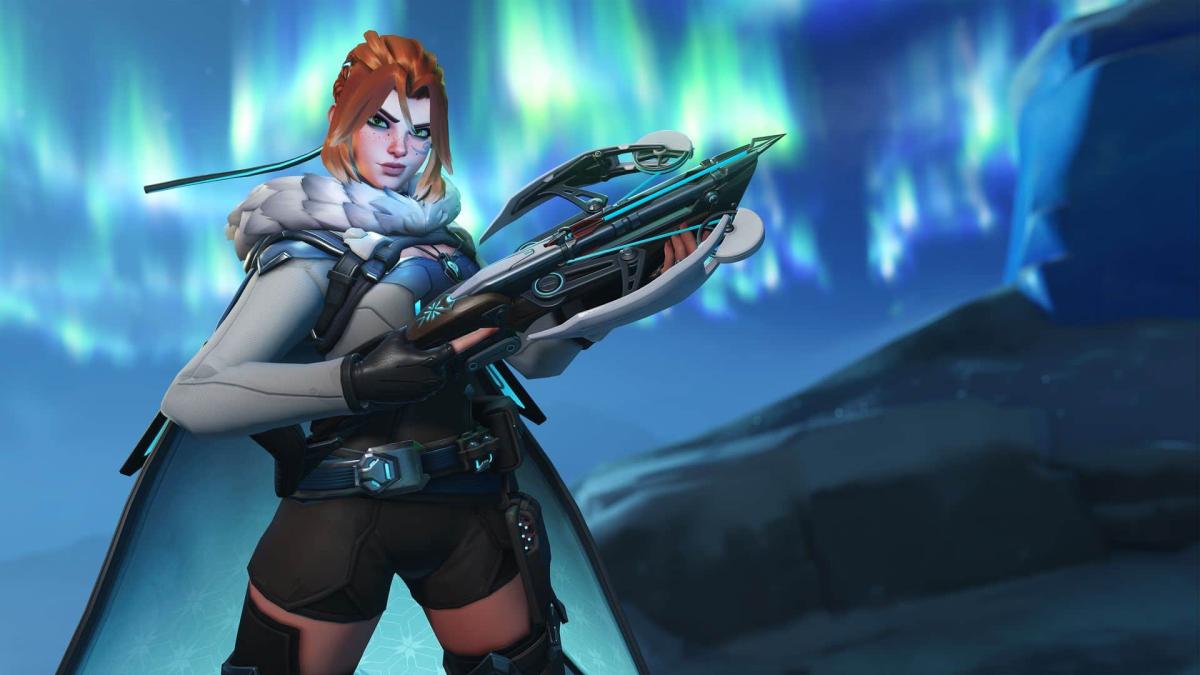
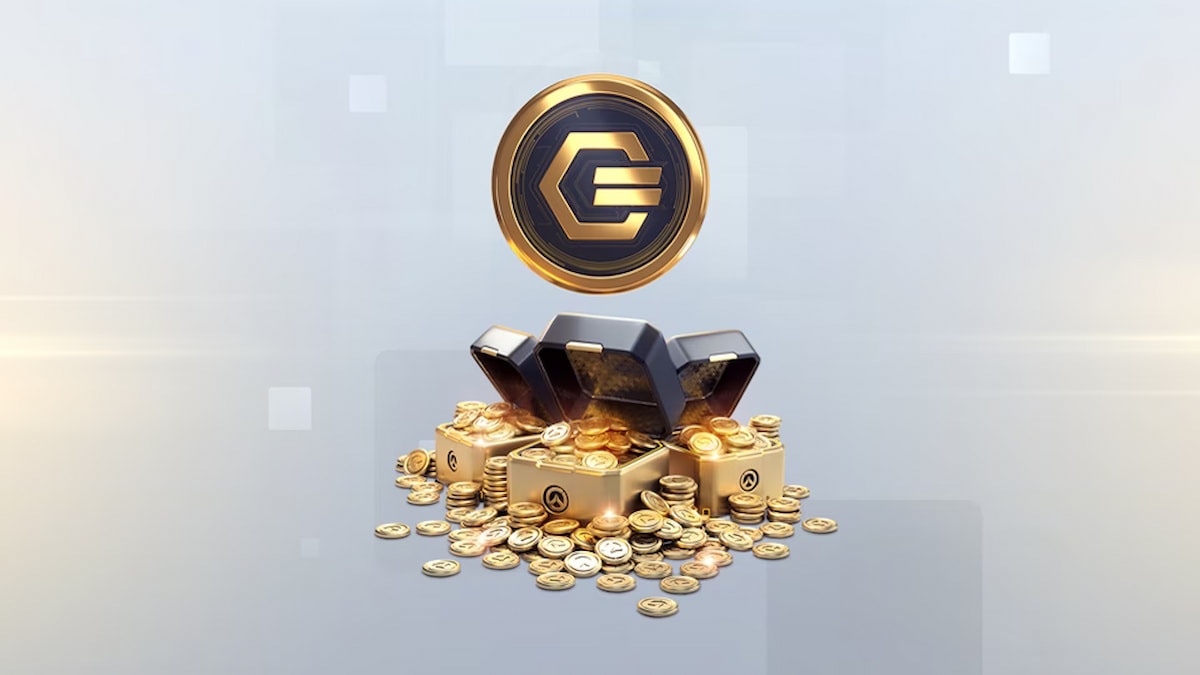
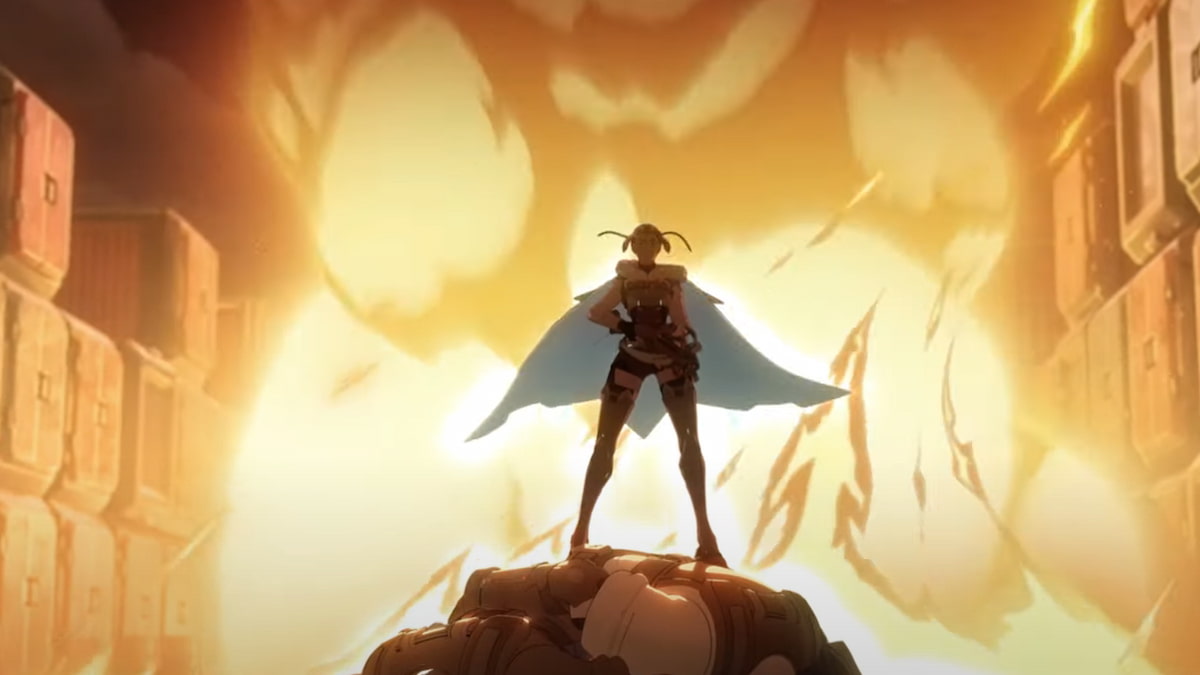
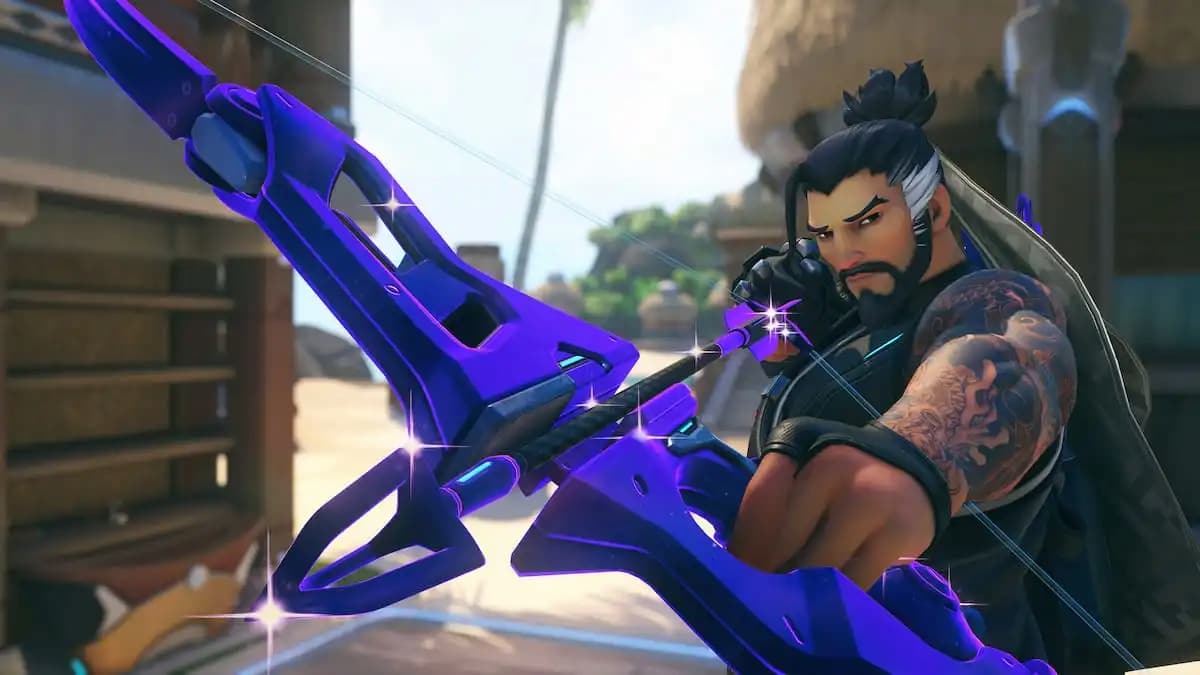
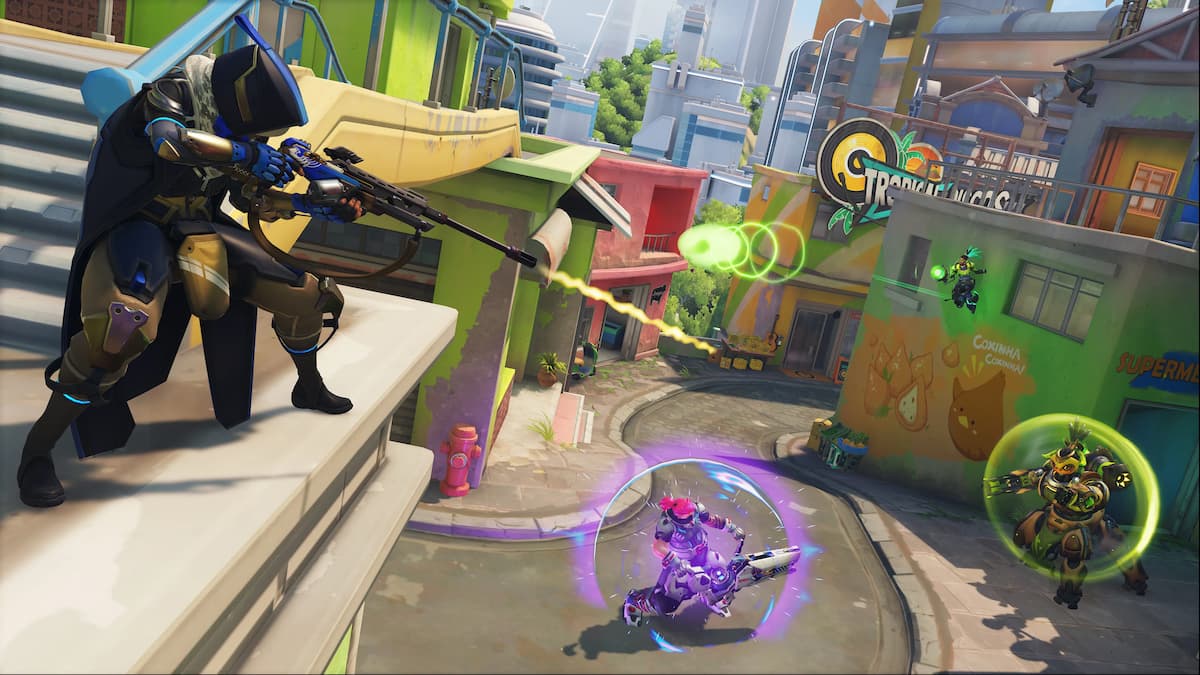
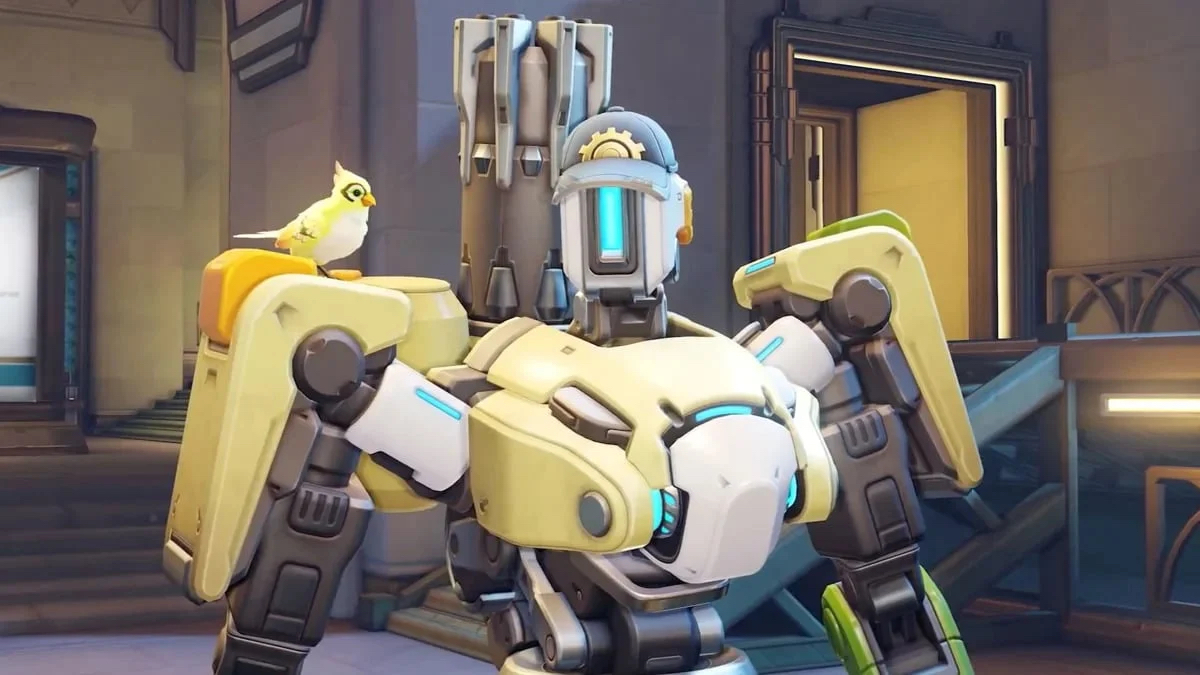
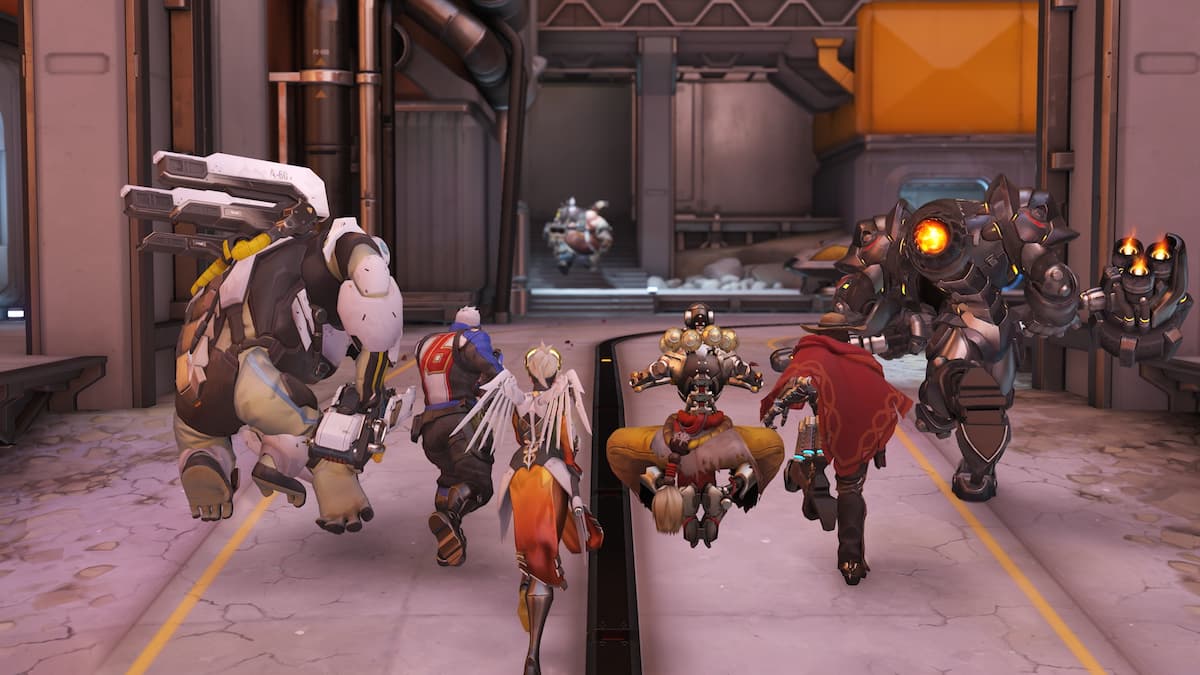
Published: Aug 3, 2016 07:56 pm